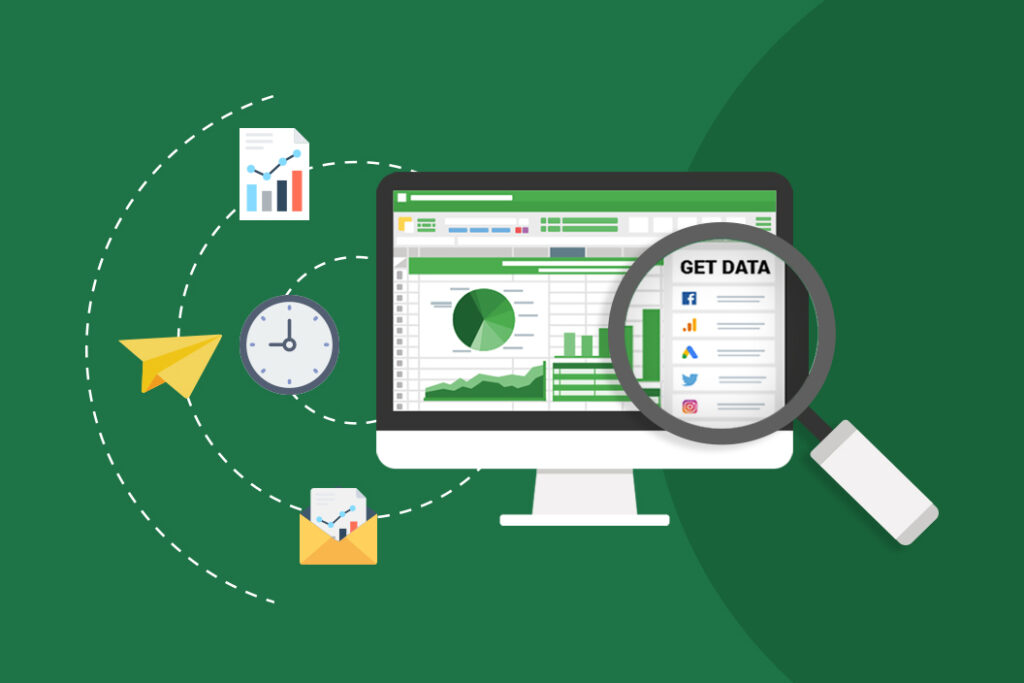Personal Career & Learning Guide for Data Analyst, Data Engineer and Data Scientist
As a data analyst, it’s important to be able to count and sum specific types of data in Excel. In this article, we will discuss how to count or sum only whole numbers in Excel.
The first step is to have your data organized in a way that makes it easy to count or sum only the numbers you need. One common way to do this is to have a column of numbers and a separate column for labels or categories.
Once your data is organized, you can use Excel’s built-in formulas to count or sum whole numbers only. To do this, you can use the COUNTIF or SUMIF function. These functions allow you to specify the criteria for what you want to count or sum.
The COUNTIF function counts the number of cells in a range that meet a specified criteria. For example, if you want to count the number of whole numbers in a column, you would use the COUNTIF function with the criteria “=INT(cell)=cell”. This means that the formula will only count cells where the whole number is equal to the cell value.
The SUMIF function works similarly, but instead of counting cells, it adds up the values in cells that meet a specified criteria. To use the SUMIF function to sum only whole numbers, you would use the criteria “=INT(cell)=cell” in the same way as with the COUNTIF function.
It’s important to note that these functions can be used together in complex formulas to count or sum multiple criteria. For example, you could use the SUMIF function to sum only whole numbers in a specific category.
In conclusion, counting or summing whole numbers only in Excel is a useful skill for data analysts. By using the COUNTIF or SUMIF function with the right criteria, you can quickly and easily get the information you need from your data.
Excel Example for Data Analyst – Count or sum whole numbers only
 Loading...
Loading...
Latest end-to-end Learn by Coding Projects (Jupyter Notebooks) in Python and R:
All Notebooks in One Bundle: Data Science Recipes and Examples in Python & R.
End-to-End Python Machine Learning Recipes & Examples.
End-to-End R Machine Learning Recipes & Examples.
Applied Statistics with R for Beginners and Business Professionals
Data Science and Machine Learning Projects in Python: Tabular Data Analytics
Data Science and Machine Learning Projects in R: Tabular Data Analytics
Python Machine Learning & Data Science Recipes: Learn by Coding
R Machine Learning & Data Science Recipes: Learn by Coding
Comparing Different Machine Learning Algorithms in Python for Classification (FREE)
There are 2000+ End-to-End Python & R Notebooks are available to build Professional Portfolio as a Data Scientist and/or Machine Learning Specialist. All Notebooks are only $29.95. We would like to request you to have a look at the website for FREE the end-to-end notebooks, and then decide whether you would like to purchase or not.
